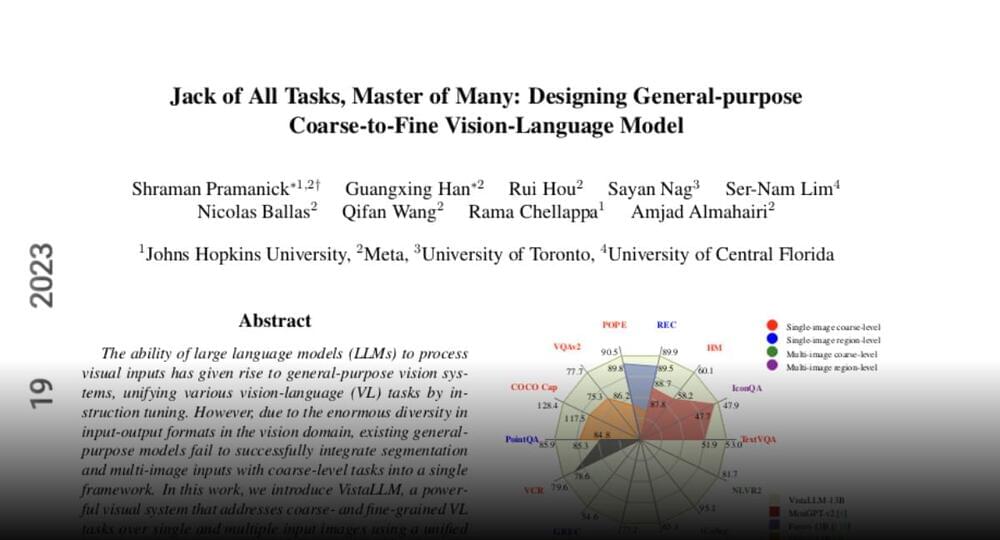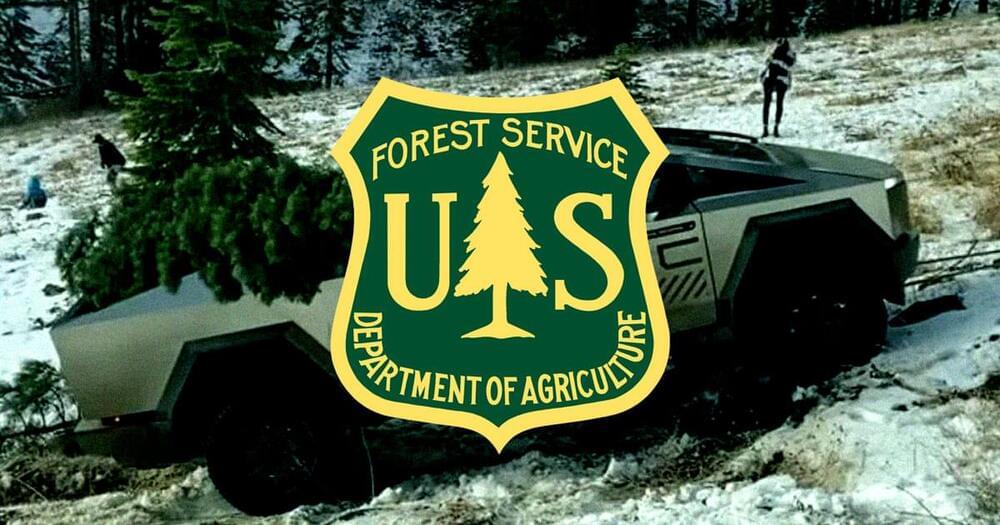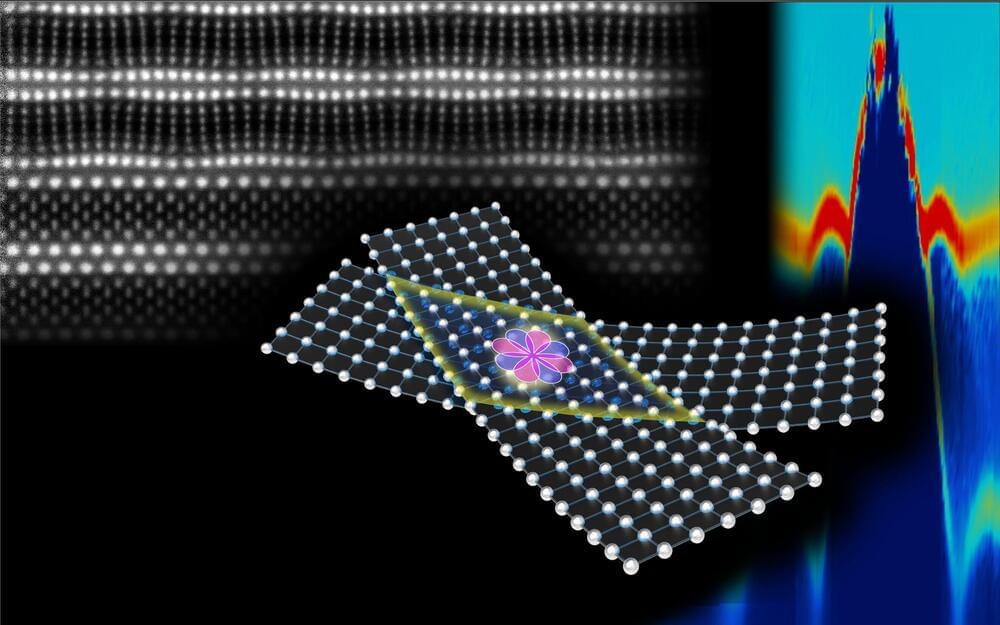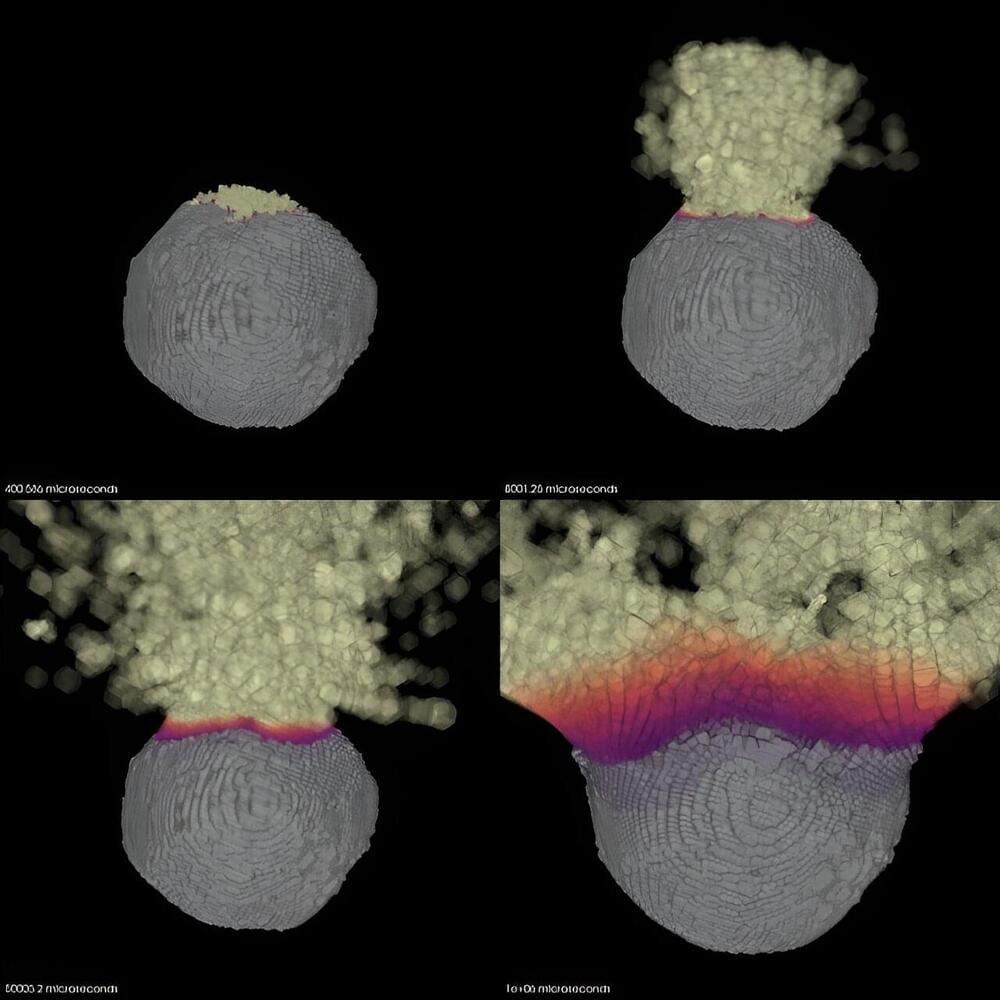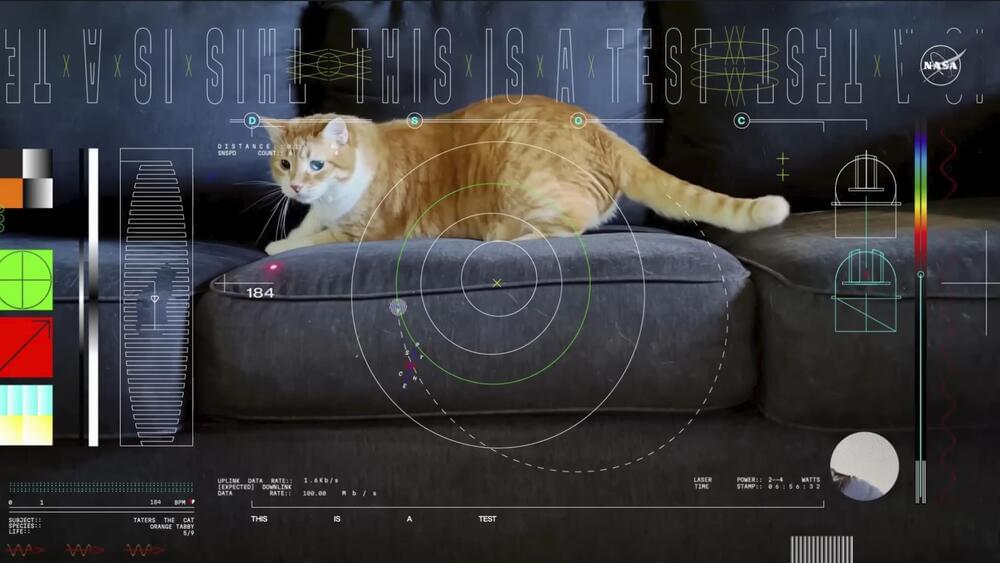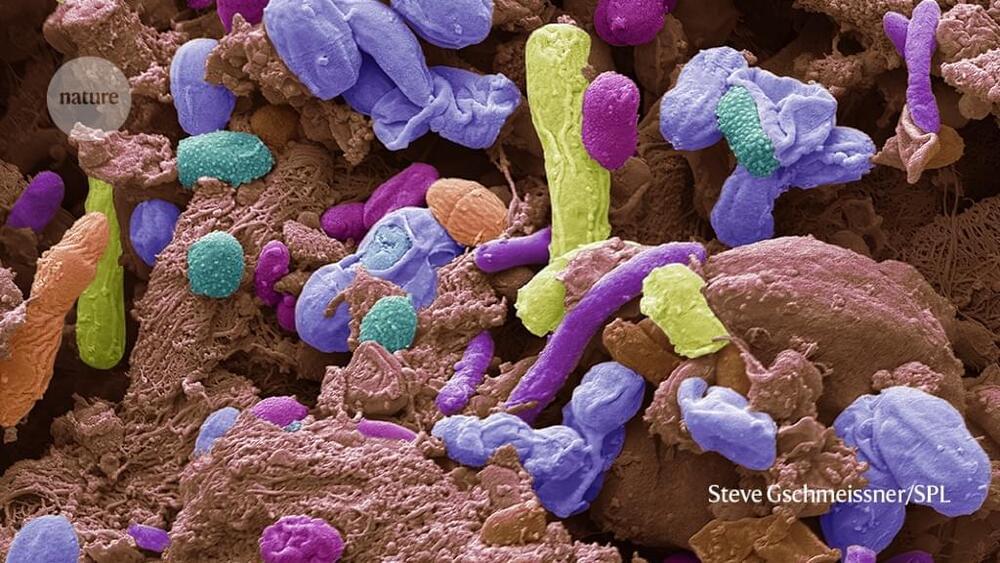Page 942
Dec 20, 2023
National Forest Service Trolls Tesla After Cybertruck Gets Stuck in Forest
Posted by Shubham Ghosh Roy in categories: Elon Musk, sustainability, transportation
The clip, which made the rounds on social media, showed the 7,000-pound truck with a Christmas tree loaded in its bed helplessly spinning its tires while slowly being towed up the hill by a white Ford truck.
The incident led to plenty of mockery. After all, Tesla CEO Elon Musk made a big deal out of the Cybertruck having “more utility than a truck” during his incredibly awkward delivery event last month.
Even the local Stanislaus National Forest Service, which manages the National Forest where the truck got stuck, took the opportunity to issue a public service announcement, as spotted by the LA Times.
Dec 20, 2023
New strategy reveals ‘full chemical complexity’ of quantum decoherence
Posted by Saúl Morales Rodriguéz in categories: chemistry, computing, particle physics, quantum physics
In quantum mechanics, particles can exist in multiple states at the same time, defying the logic of everyday experiences. This property, known as quantum superposition, is the basis for emerging quantum technologies that promise to transform computing, communication, and sensing. But quantum superpositions face a significant challenge: quantum decoherence. During this process, the delicate superposition of quantum states breaks down when interacting with its surrounding environment.
To unlock the power of chemistry to build complex molecular architectures for practical quantum applications, scientists need to understand and control quantum decoherence so that they can design molecules with specific quantum coherence properties. Doing so requires knowing how to rationally modify a molecule’s chemical structure to modulate or mitigate quantum decoherence.
To that end, scientists need to know the “spectral density,” the quantity that summarizes how fast the environment moves and how strongly it interacts with the quantum system.
Dec 20, 2023
A new strategy for making and manipulating higher-temperature superconductors
Posted by Saúl Morales Rodriguéz in categories: computing, engineering, quantum physics
Superconductors have intrigued physicists for decades. But these materials, which allow the perfect, lossless flow of electrons, usually only exhibit this quantum-mechanical peculiarity at temperatures so low—a few degrees above absolute zero—as to render them impractical.
A research team led by Harvard Professor of Physics and Applied Physics Philip Kim has demonstrated a new strategy for making and manipulating a widely studied class of higher-temperature superconductors called cuprates, clearing a path to engineering new, unusual forms of superconductivity in previously unattainable materials.
Using a uniquely low-temperature device fabrication method, Kim and his team report in the journal Science a promising candidate for the world’s first high-temperature, superconducting diode—essentially, a switch that makes current flow in one direction—made out of thin cuprate crystals.
Dec 20, 2023
New nuclear deflection simulations advance planetary defense against asteroid threats
Posted by Saúl Morales Rodriguéz in categories: asteroid/comet impacts, existential risks
Researchers at Lawrence Livermore National Laboratory (LLNL) have developed a modeling tool for assessing the potential use of a nuclear device to defend the planet against catastrophic asteroid impacts.
The research, published today in the Planetary Science Journal, introduces a novel approach to simulating the energy deposition from a nuclear device on an asteroid’s surface. This new tool improves our understanding of the nuclear deflection’s radiation interactions on the asteroid’s surface while opening the door to new research on the shockwave dynamics affecting the inner asteroid.
This model will allow researchers to build upon the insights gained from NASA’s recent Double Asteroid Redirection Test (DART) mission, where, in Sept. 2022, a kinetic impactor was deliberately crashed into an asteroid to alter its trajectory. However, with limitations in the mass that can be lifted to space, scientists continue to explore nuclear deflection as a viable alternative to kinetic impact missions.
Dec 20, 2023
Orange tabby cat named Taters steals the show in first video sent by laser from deep space
Posted by Quinn Sena in categories: internet, space
CAPE CANAVERAL, Fla. (AP) — An orange tabby cat named Taters stars in the first video transmitted by laser from deep space, stealing the show as he chases a red laser light.
The 15-second video was beamed to Earth from NASA’s Psyche spacecraft, 19 million miles (30 million kilometers) away. It took less than two minutes for the ultra high-definition video to reach Caltech’s Palomar Observatory, sent at the test system’s maximum rate of 267 megabits per second.
The video was loaded into Psyche’s laser communication experiment before the spacecraft blasted off to a rare metal asteroid in October. The mission team at NASA’s Jet Propulsion Laboratory in Pasadena, California, decided to feature an employee’s 3-year-old playful kitty.
Dec 19, 2023
Brain and body are more intertwined than we knew
Posted by Cecile G. Tamura in category: neuroscience
The interconnectedness of brain and body has tantalizing implications for our ability to both understand and treat illness.
A host of disorders once thought to be nothing to do with the brain are, in fact, tightly coupled to nervous-system activity.
Dec 19, 2023
IBM’s Quantum System Two will help it unlock the ‘full power of quantum computing’
Posted by Shubham Ghosh Roy in categories: chemistry, computing, quantum physics
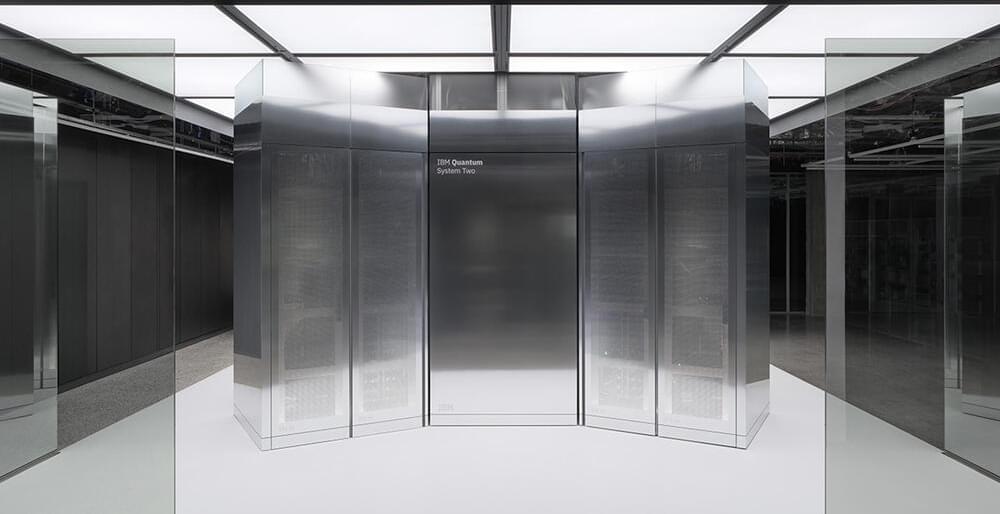
“Even now, quantum systems can serve as scientific tools,” Oliver Dial, IBM Quantum CTO told IE in an interview. Quantum utility might already be here, but will we soon see a company achieve quantum advantage?
But what exactly does that mean?
Dec 19, 2023
Intermittent fasting spurs proliferation of liver cells in lab mice, Stanford Medicine-led study finds
Posted by Shubham Ghosh Roy in category: biotech/medical

A study led by researchers at Stanford Medicine questions the long-held belief that adult liver cells rarely divide:
Cells in the adult liver were thought to divide rarely. But a study led by Stanford Medicine researchers found intermittent fasting causes rapid cell division.
Dec 19, 2023
Timing is everything: How circadian rhythms influence our brains
Posted by Cecile G. Tamura in categories: biotech/medical, neuroscience
Why are we mentally sharper at certain times of day? A study led by Jonathan Lipton MD, Ph.D., at Boston Children’s Hospital spells out the relationship between circadian rhythms—the body’s natural day/night cycles—and the brain connections known as synapses.
The work is the first to provide a cellular and molecular explanation for natural fluctuations over the day in alertness, cognition, and the ability to learn and remember.
“We have known for more than a century that the time of day influences cognition and memory, but until now the mechanisms have been elusive,” says Lipton, a sleep physician in the Department of Neurology and researcher in the F.M. Kirby Neurobiology Center.
